
In April 2025, PepsiCo stunned investors by pledging to strip all artificial colors (and flavors) from its flagship Lay’s potato chips and Tostitos tortilla chips. CEO Ramon Laguarta noted that over 60% of PepsiCo’s U.S. snack foods already contain no synthetic dyes. The remaining dyes-laden products earn billions in sales but increasingly face consumer backlash.
Across America, parents are demanding transparency about petroleum-based food dyes and their links to hyperactivity and other behavioral issues. As food policy expert Marion Nestle observes, artificial colors “are strictly cosmetic…[and] may be harmful to some children”.
Federal Pressure

This corporate shift didn’t happen in a vacuum. On April 22, 2025, HHS Secretary Robert F. Kennedy Jr. and the FDA announced a plan to phase out all petroleum-derived food dyes. The agency will revoke two dyes immediately and work to eliminate the remaining major synthetic colors (Red No. 40, Yellow No. 5 & 6, Blue No. 1 & 2) by the end of next year.
Kennedy’s new “Make America Healthy Again” agenda explicitly brands these additives as “poisonous compounds” dangerous to children’s health. As Reuters reports, the move “comes as U.S. Health Secretary Robert F. Kennedy Jr. pushes Americans to eat ‘whole foods’ and pressures manufacturers to ditch dyes”.
Historical Context
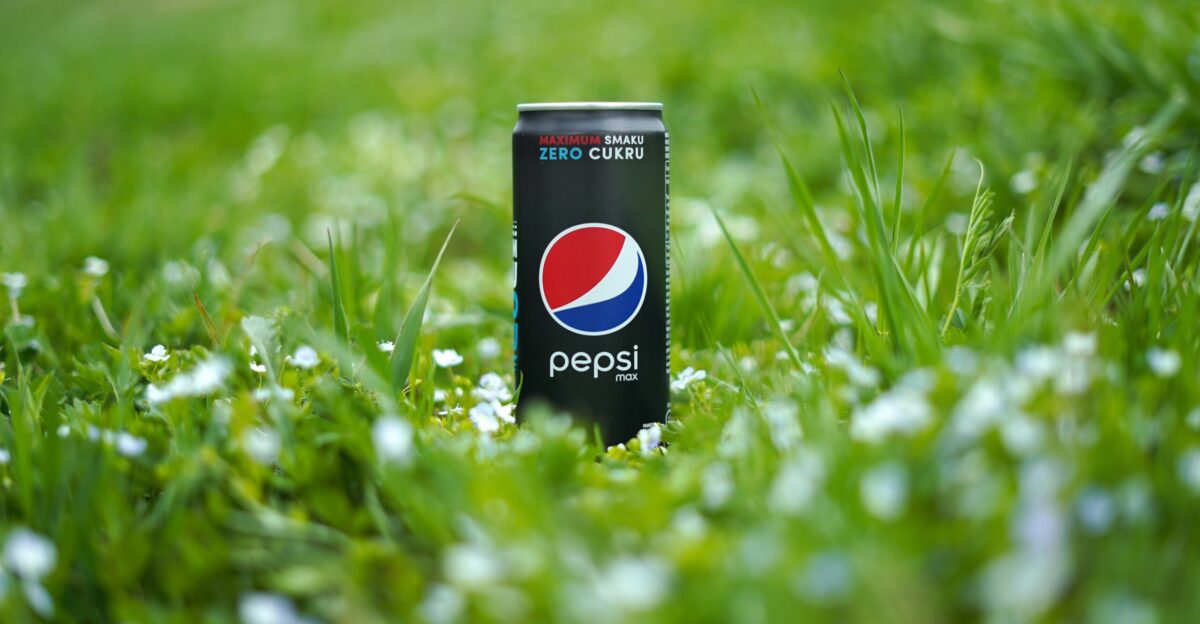
Historically, snacks and artificial ingredients have a long and intertwined story. Frito-Lay – the snack division behind Lay’s – pioneered mass-market chips in the 1960s with simple potato-and-salt recipes. Only later, as Lay’s and Doritos introduced bolder flavors, did synthetic colorants creep in to make the chips visually eye-catching.
This isn’t PepsiCo’s first big reformulation. For example, in 2002, Frito-Lay announced that popular brands like Doritos, Tostitos and Cheetos would eliminate trans fats as health concerns mounted.
Mounting Opposition
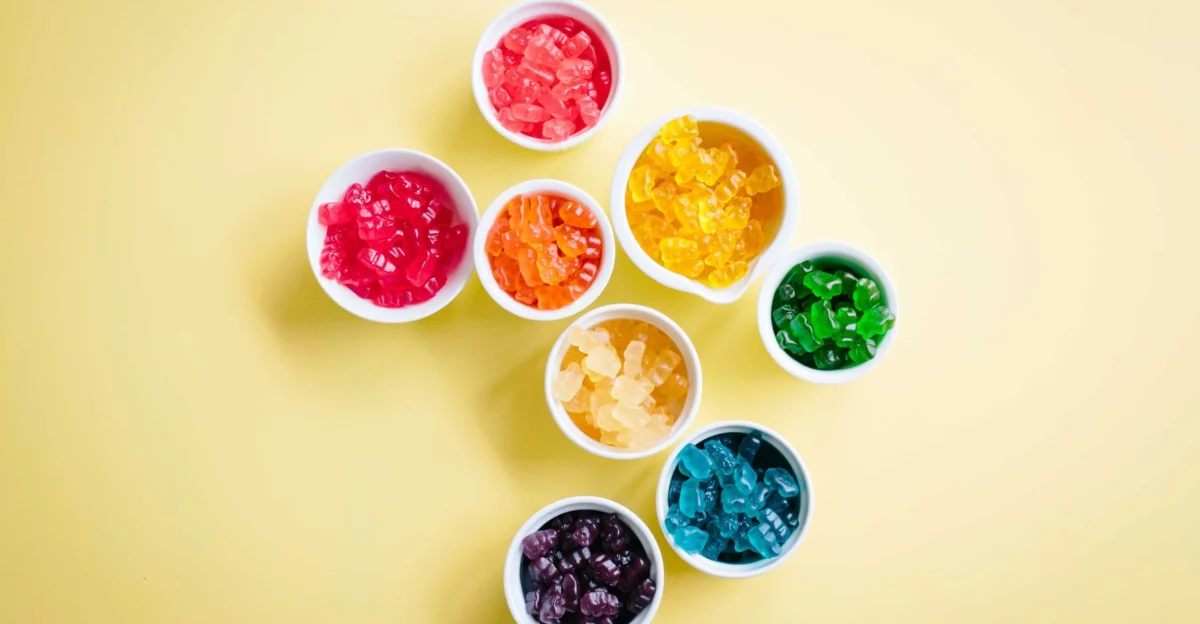
Now science is strengthening the case against food dyes. A comprehensive review of clinical trials found that 64% of dye-challenge studies in children observed some adverse behavioral effect, and 52% of trials found statistically significant impacts. In one pivotal study, children given daily doses up to 50 mg of Yellow No. 5 showed dose-dependent increases in activity and attention measures.
Researchers estimate that roughly 8% of kids with ADHD have symptoms triggered by synthetic colors. The trend is global: Europe already restricts many of these dyes, and U.S. companies have long maintained separate “clean” lines for export, proving that natural coloring can work.
The Announcement
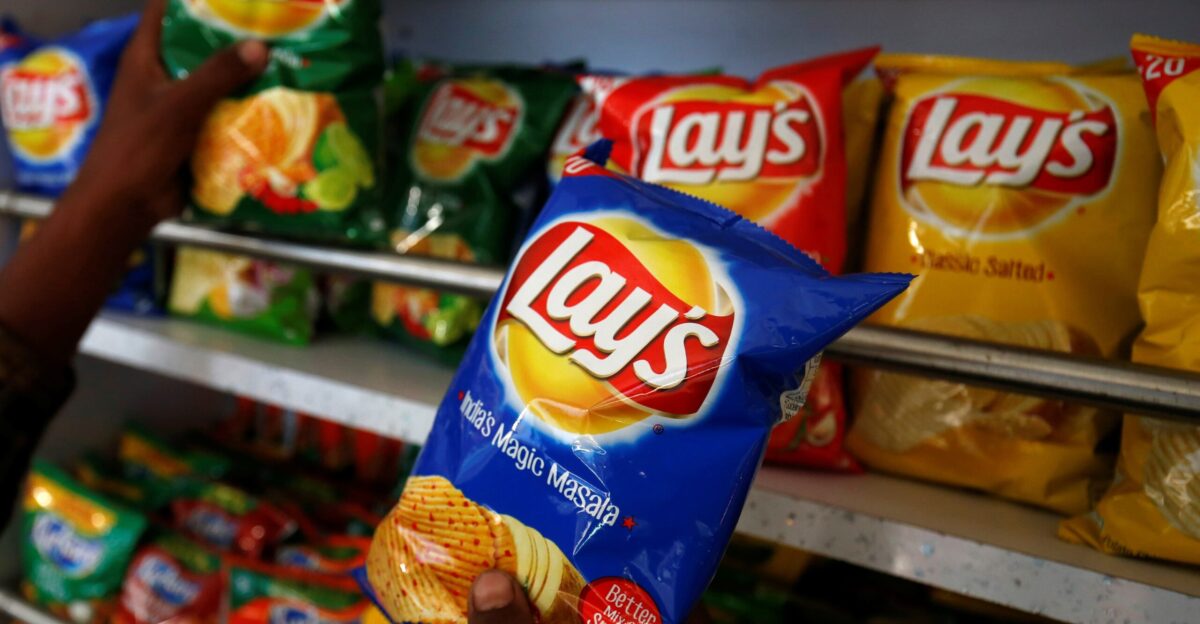
Here’s where it gets interesting: on July 17, 2025, PepsiCo formally confirmed that Lay’s and Tostitos would be entirely free of artificial colors and flavors by year-end. It’s PepsiCo’s biggest ingredient overhaul in a decade. As CEO Ramon Laguarta told investors, they are trying “to elevate the real food perception of Lay’s”: “If you think about the simplest and most natural snack, it is a potato chip; it’s a potato, it’s oil, and it’s a little bit of salt — the most simple, no artificial ingredients,” he said.
The announcement also highlighted PepsiCo’s wider strategy to expand the use of avocado and olive oils and to roll out natural coloring across its top brands.
Regional Impact

Meanwhile, the dye ban is rippling through farm country. Corn-belt states that once supplied ingredients for synthetic color plants may lose contracts, while growers of fruits and vegetables could see new markets. For example, sunflower farmers in North Dakota (who already supply sunflower oil for chips) stand to benefit if their crops (or similar plants) are used for natural yellows or reds. California beet, carrot and spirulina producers also eye hundreds of millions in new contracts for natural color extracts.
By contrast, regions built around petrochemical plants could see job losses.
Consumer Response
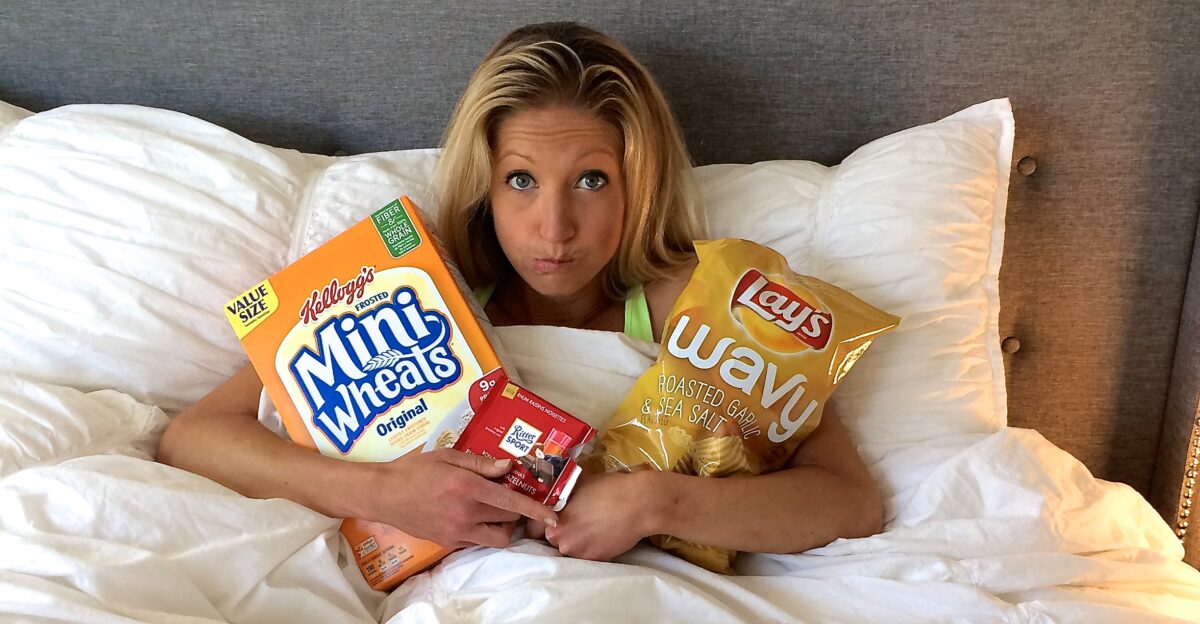
Consumers are reacting in real time, and feedback is mixed. Younger shoppers, especially parents, have generally welcomed the dye-free chips as a health win, while some older customers grumble about familiar brands looking or tasting a bit different. Parent-advocacy groups have cheered the change after years of campaigns against “toxic” additives in kids’ foods. Surveys suggest roughly 75% of families say they’ll pay a premium for cleaner labels, but analysts caution that survey intentions don’t always translate to purchases.
As one industry analyst noted, there is “clearly demand for cleaner ingredients,” but “it remains to be seen if consumers will be willing to pay up for these more premium products”.
Industry Economics

However, making natural colors is much costlier than using synthetic dyes. Some plant-based pigments can cost ten times more to produce than their petroleum counterparts. Even simple extracts like turmeric and paprika will raise costs noticeably. Still, investors are racing to capitalize: the global natural food colors market (about $1.84 billion in 2024) is expected to roughly double by 2034 under this regulatory push.
Supply constraints loom – exotic sources like butterfly pea flower or Galdieria algae have only just cleared FDA approval, and cultivation of those crops will have to ramp up quickly.
Competitive Landscape
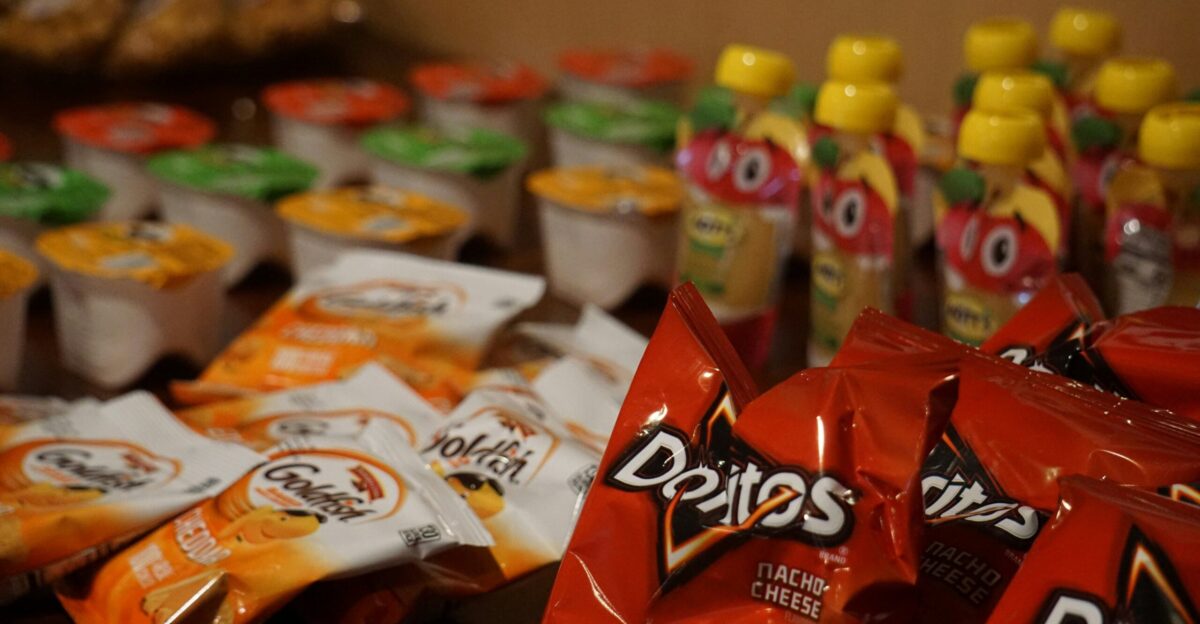
Rivals are scrambling to keep pace. General Mills and Kraft Heinz have both committed to removing synthetic dyes from U.S. products by end-2027. WK Kellogg Co. similarly vowed to reformulate cereals like Froot Loops and Apple Jacks by 2027. In this race, companies with existing clean-ingredient supply chains and R&D muscle have the advantage.
Wall Street analysts view PepsiCo’s head start as strategically smart – it may capture market share among health-minded consumers while others struggle to reformulate.
Future Implications
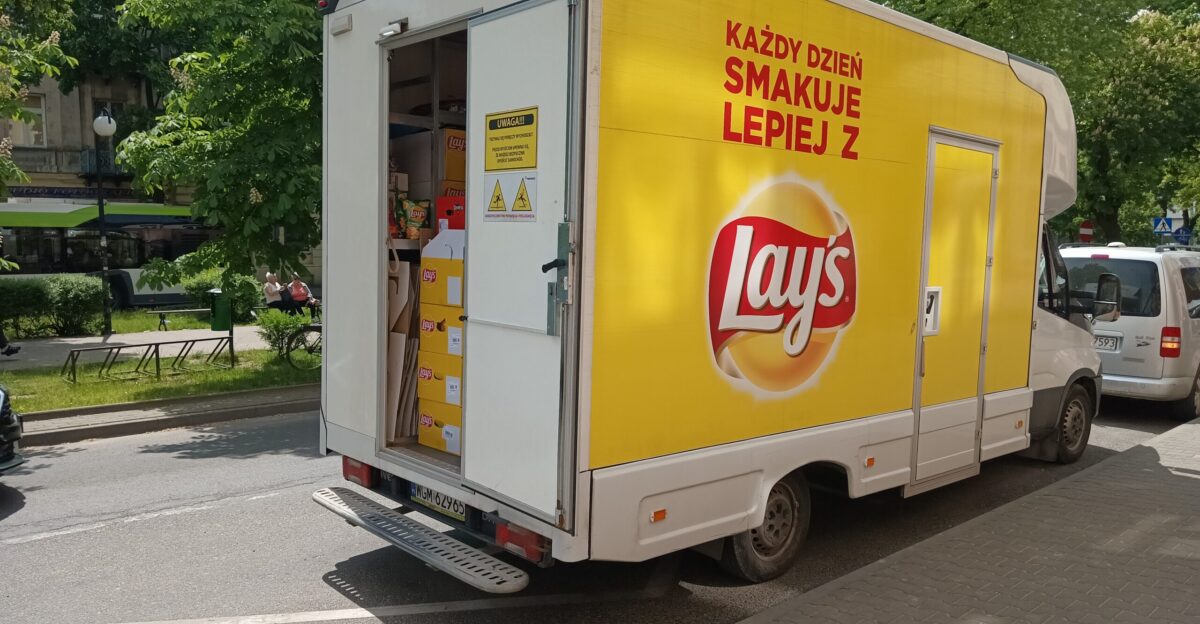
Ultimately, the dye phase-out could be the opening salvo in a sweeping transformation of America’s food system. Kennedy’s team has already hinted at targeting other additives – from artificial preservatives to controversial oils – next. Many experts doubt voluntary pledges alone will suffice: several states are weighing their own bans or restrictions, and public interest groups are eyeing legal action over ingredient safety claims.
If the momentum holds, it will force food makers to choose between costly reformulations or shrinking access to health-conscious markets.
